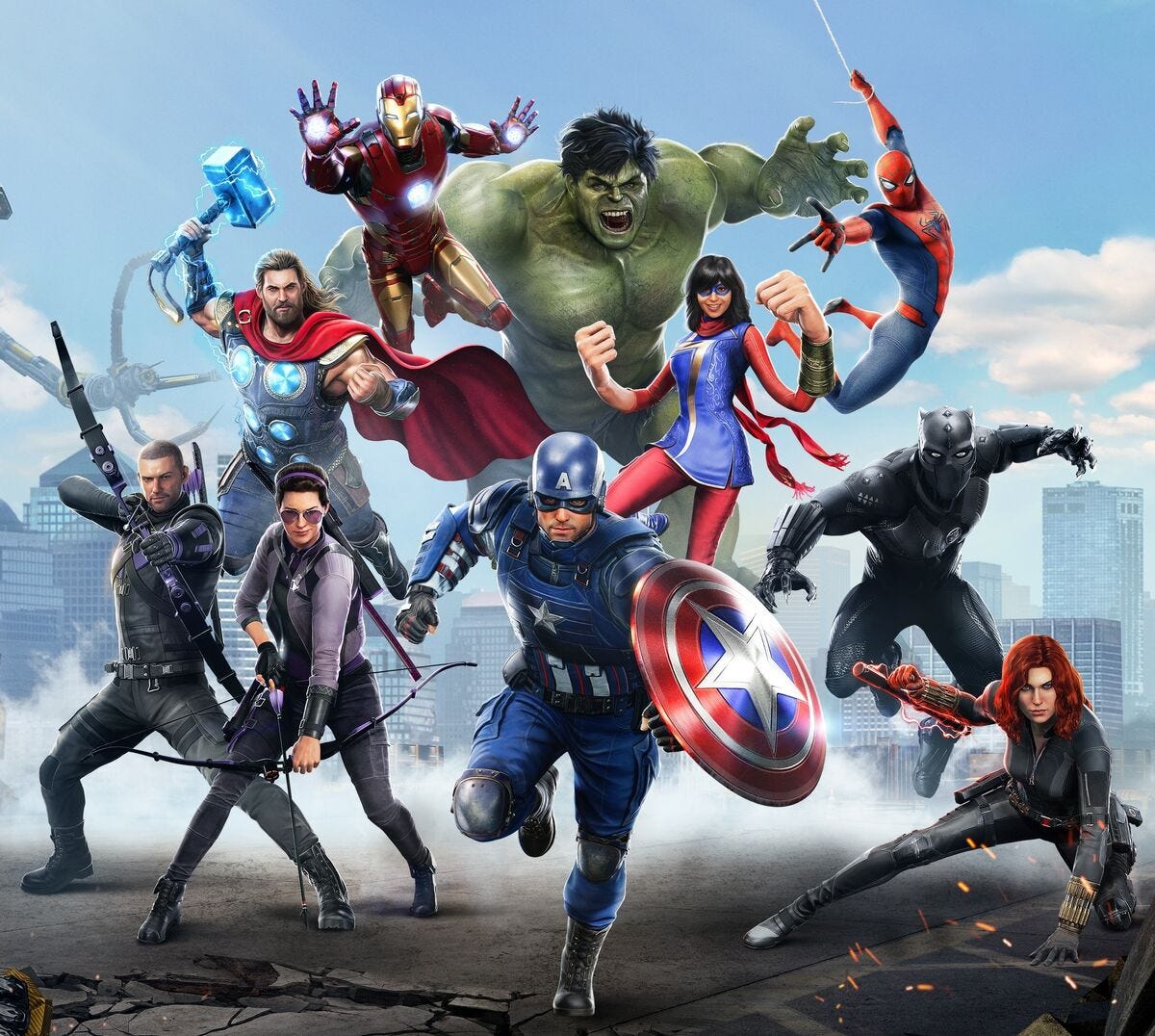Educators in Medicine,
In this newsletter, we continue our journey through the fundamentals of AI, its applications in medicine, and its transformative role in faculty development and education. Let’s dive into learning.
Welcome learners to the new academic year. They likely use AI already. Invite them to subscribe to this blog so they can stay up to date as well.
1. The o1 Model Crushes It: LLMs Meet the Clinicopathologic Case Conference
Let’s start with the latest preprint arXiv boom: Superhuman performance of a large language model on the reasoning tasks of a physician by Brodeur, Buckley, Manrai, Rodman and the whole Harvard/Stanford Avengers squad. You can read the full paper here. Ok, maybe Avengers is overkill, but they are doing some cool work.
In short? The new OpenAI o1 model was tested head-to-head with physicians—yes attendings —and came out on top across multiple reasoning tasks. It beat attendings in triage, diagnosis, and management in ER-style clinical scenarios with unstructured patient data.
💡 If you’re teaching clinical reasoning, the bar has just been raised. This isn't about replacing attendings—it's the potential for coaching with case-based learning. Imagine embedding a second opinion engine into your learning sessions, before rounds. having students work through their presentations prior to doing them real time. May be nice to get the jitters out.
I imagine if this was used on my teaching team it would humble the attending, too. Good? Bad? Not sure how I feel yet on this one. I know I’m ok being wrong, thats a fact. SO I am leaning towards good.
2. Chart-EHR: Where Your Note Is Auto-Piloted by AI
Stanford dropped a fun one: Chart-EHR. In essence, it’s an LLM built into the EHR that drafts notes using ambient inputs. Not just turning voice into text like ambient scribes—but weaving reasoning and summary into clinical documentation. Naturally this is whats next. We had a debate at out GME committee and in our residency program about using ambient scribes for interns. Our program decided to keep their use once they prove some baseline competence with writing notes.
One Stanford doc called it “AutoGPT for progress notes”—which sounds cool, but, I’m worried about the clinical reasoning piece.
💡 Takeaway for MedEd: This is the beginning of clinical note coaching. Imagine pairing junior residents with a system that not only documents but nudges them with, “Hey, did you forget to close the loop on that AKI?” We’re not far off.
If you’re on faculty, begin thinking now about documentation literacy. How do we train residents to critically assess what’s generated by AI vs. what they need to own? We submitted a recent idea to present at STFM next year, trying to delineate by ACGME milestones what appropriate note writing level should be hit before these tools are utilized.
3. NotebookLM Goes Public: Hello, AI Study Guides
NotebookLM, previously your secret productivity partner, is now publicly shareable. Which means students (and, let’s be honest, faculty) can now create and circulate annotated AI-curated “study stacks.”
Boards? Clerkships? A week of Endocrine? Just drop in your slides, review papers, First Aid snippets, and—boom—a personalized tutor on call.
💡 This could be the end of the group-made Anki deck. Or at least, the rebirth of it in smarter form. Study resources may now talk you through trained on your shelf notes.
👣 Action Step idea: Assign your next med student to build a NotebookLM instance as part of their rotation summary or board prep review. It’s peer teaching meets prompt engineering.
4. PSA Panic and the Perils of Gemini
Now to this episodes personal fail and existential AI moment.
Letting my UpToDate login lapse used to feel like going off-grid as a clinician. But this week? I shrugged. Because honestly, I had OE, and a lot of optimism.
Remember that these feelings of optimism should not apply to patients yet. A friend panicked after Gemini told him he probably had prostate cancer based on some PSA values he misentered.
Let me repeat: He typoed his % Free numbers and Gemini understood it as his PSA, then spat out a diagnosis. Cue the frantic texts: “Bro, do I have cancer?”
This is a teaching moment. Our patients (and friends) are now using AI to interpret labs. They will make mistakes. The models will answer confidently. This is where we must lead as relational physicians. Incorporate discussion into your curriculum on how to talk with patients about AI-generated content, especially when they come in with “Google said I’m dying” moments—except now it’s Gemini, or ChatGPT.
LLMs can now out-diagnose us—but they can also worry your cousin over a lab typo.
The future is here. The humans still matter.
Let’s keep training them right.
As always - get in touch and let me know your thoughts!
Thank you for joining us on this adventure. Stay tuned for more AI insights, best practices, and more future editions of AI+MedEd.
For education and innovation,
Karim
Share this with someone - have them sign up here.






